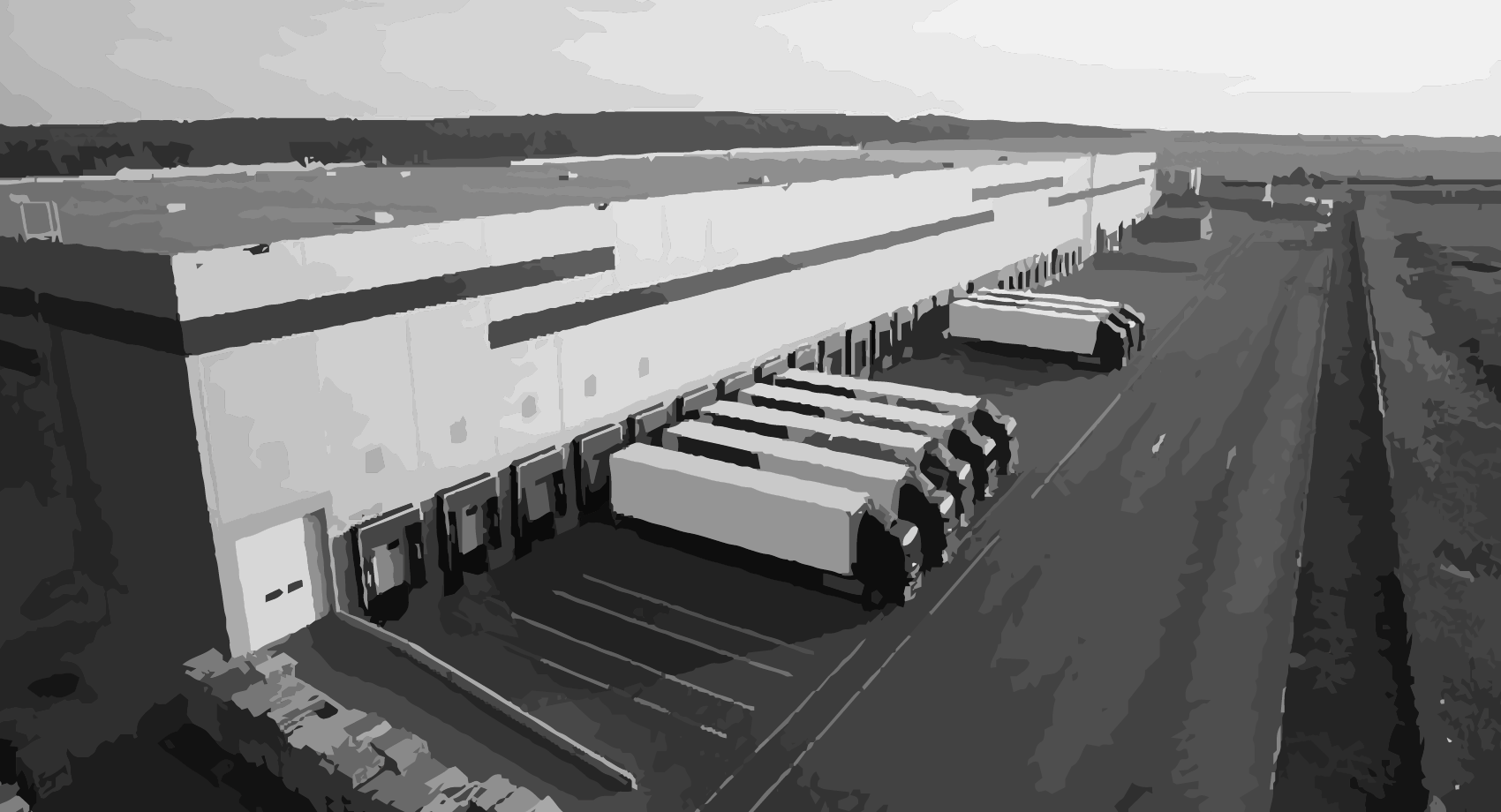Our latest Industrial and Logistics Market report revealed that 2018 was a record year for industrial and logistics investment volume. Nationally, a total of £8.4 billion of assets changed hands, propelling the industrial sector to outperform the rest of the commercial real estate investment market.
Property professionals attending our recent event at The Ivy restaurant in Birmingham, heard that strong overall results for the sector in 2018 hid a striking difference in performance between regions.
Although overall occupier take-up in the UK was 4% down on the five-year average, it was only slightly below 2017’s total, which shows real resilience given anxiety around Brexit. The logistics segment stole the show, with UK take-up in units above 100,000 sq ft falling just short of 2016’s record high.
The East Midlands had a stellar year hitting a record take-up level of 14.6 million sq ft with big box logistics take-up increasing 93%. In contrast, take-up in the West Midlands hit a six-year low due to a lack of large logistics deals.
Matthew Tilt, Director of Industrial Agency at LSH in Birmingham, said: “The reduced take-up recorded in the West Midlands last year can be attributed in part to a lack of large ‘oven ready’ logistics sites, together with a sustained period of falling supply resulting in a distinct lack of available buildings for occupiers.”
Matt said that for the first time in many years, total availability across the West Midlands rebounded by 27% during 2018 to stand at 23.0m sq ft, its highest level since 2015. The rise was fuelled by a substantial 44% growth in big box supply. This reflected a combination of speculative development completions, such as Wolverhampton450 (450,000 sq ft) and several second hand units coming back to the market, the largest being Goliath, Coventry (666,000 sq ft).
Mid box supply almost doubled during 2018 to stand at a six year high of 6.0m sq ft with a number of speculative developments being completed last year, including in Aston, Perry Barr, Tyseley, and Aldridge, with all securing occupiers upon practical completion or shortly thereafter.
Matt said: “New mid box units will continue to be provided across the region this year with multi-unit schemes under construction in Birmingham, Solihull, Redditch, Leamington, and Wolverhampton, and further announcements anticipated throughout the year.”
In contrast, supply continues to diminish at the smaller end of the market, albeit the share of grade A space has increased on the back of improved developer appetite.
“The recovery in supply levels has not been sufficient to restrict rental growth. Based on units of 20,000 sq ft, the West Midlands witnessed strong prime rental growth in 2018, averaging 5.7% across the key markets. Birmingham and Coventry led, where headline rents increased by 7% year on year. A similar pattern was true of secondary rents, with Birmingham and Coventry both seeing growth of 8% year on year. There is strong demand for good quality units resulting in continued upward pressure on rents.”
LSH expects 11.7 million sq ft of speculative development to come forward in 2019, which will go some way towards restoring choice at the larger end of the market. However, the current boom in speculative development is heavily weighted to the logistics sector. The development response at the smaller end of the market has remained elusive in this cycle and there is a danger that the critical lack of supply of quality medium-sized and small properties will continue, despite robust levels of demand.
James Polson, National Head of Industrial and Logistics at LSH, commented: “The hive of activity across the industrial and logistics sector continues unabated. The driver remains the UK’s evolving ecommerce sector, with investors and occupiers alike clamouring for stock.
“Interestingly, however, there are clear areas to watch. The top of the tree overall performance is masking a weaker underbelly in certain areas. The challenge is clear, to satisfy demand across the entire market by providing the right properties at the right time.”
Looking ahead, investors looking to drive performance will now be banking on rental growth alone, as rising land values and record low yields mean that the era of yield compression has largely come to an end. However, with favourable rental growth prospects vis-à-vis other property sectors, UK industrial and logistics is still forecast to outperform the wider market over the next five years.
The threat of a no-deal Brexit has resulted in a cautious start to 2019 but if this is avoided, pent-up demand could be released with a rebound in activity. Logistics occupiers are likely to take more space as e-commerce continues to grow, though as the sector is heavily reliant on an EU workforce, it could be affected by a growing labour shortage over the coming years.”
REGISTER FOR UPDATES
Get the latest insight, event invites and commercial properties by email







